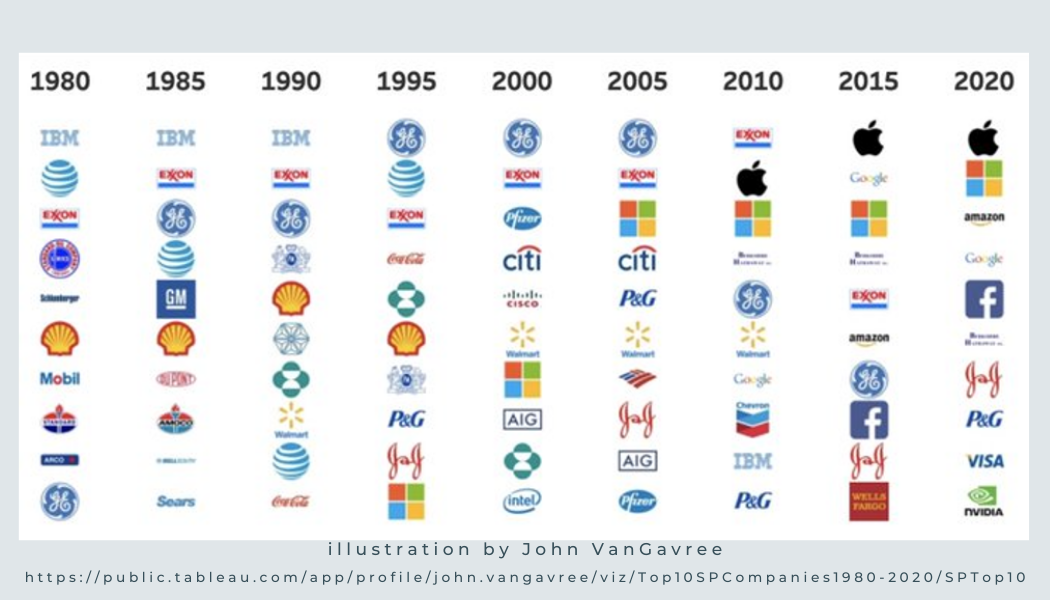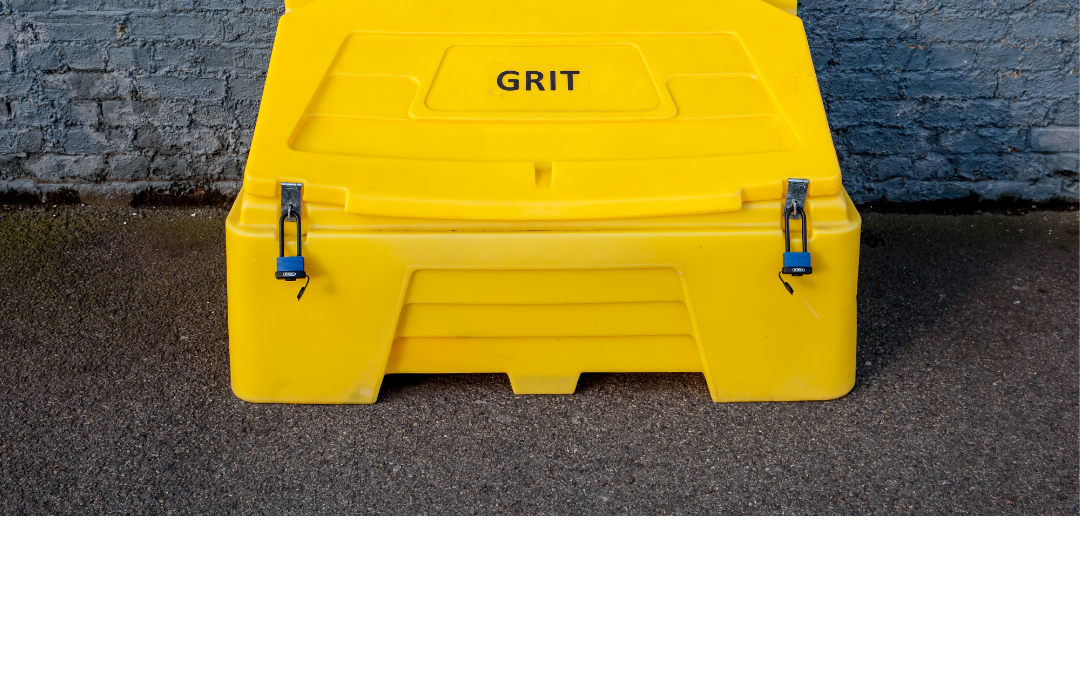
Everything you needed to know about Project Management …
… you probably learned while riding on a one speed bike without hand brakes.
Well, just about everything.
Recently I was transported back to my childhood while riding on a bike that lacked handbrakes and multiple speeds. It took a couple of minutes to remember that stopping required pedaling backwards, but after that initial awkwardness I was amazed at all that immediately came back.
So many actions were instinctual:
1. A slight elevation ahead and automatically your body was standing atop those pedals to build momentum.
2. A blind curve ahead? Pedal backwards, slow down, and gain control of the bike.
3. A sharp curve? Swing out and use much space as possible on the outer part of the path to get as much room as possible to not wipeout.
4. Crossing over a narrow bridge? Too risky to be peddling away – build momentum ahead of time to coast so that the required control and narrow body could be maintained. The same principle applied if someone was approaching on the slim path.
5. Most importantly, a key lesson instantly came back: breathe through your nose and keep that mouth shut so that you don’t swallow a bug!
As this biking transported me back to my childhood, it dawned on me that all the skills that returned had taught me some of the most important principles of project management over four decades ago.
1. Look like there is a mountain of work ahead? It’s too late to peddle fast once you’re on that slope, you must start peddling harder before you reach the beginning of the incline. You must anticipate the elevation and work harder when it’s actually still manageable.
2. Not sure of what’s ahead around the blind corner? Better slow down until you have more information.
3. Figure out ways to avert disaster.
4. Think that you’re coming up to a sticky or tricky patch? Come across someone you’ve never worked with before? This is not a place to have your knees and arms waving about wildly. You want to glide through this area with as much elegance and ease as possible.
5. There are many times in business settings it’s better to keep your mouth shut.
Once you’ve navigated over a route a few times, it’s amazing how quickly your mind remembers the tricks to anticipate how best to traverse the terrain. The efficiencies accumulate.
Then when you can coast for those few moments, you feel the breeze, cool off, take some deep breaths, and survey the ground you’ve covered. You’re still working but at a pace that allows you to recover so that you can tackle the next obstacle with even more assurance and skill.



![[Human] Capital Calibration](https://commonwealthhr.com/wp-content/uploads/2021/08/Website-Human-Capital-Calibration-1080x675.png)
